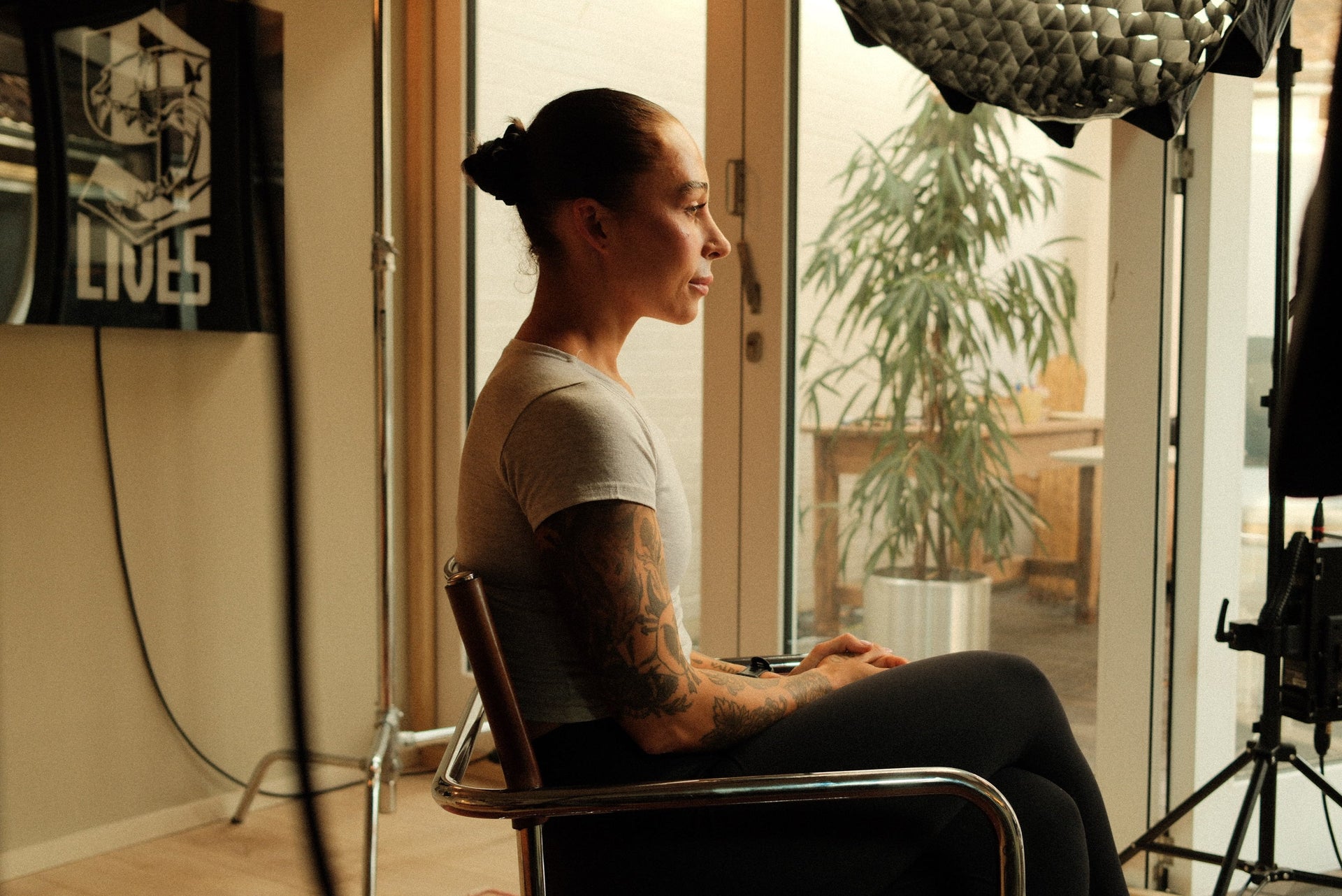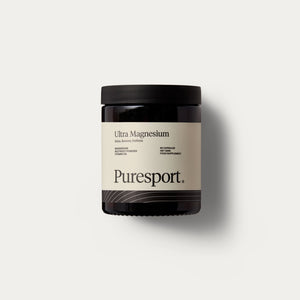What is Lavender?
Lavender is a herb that contains 30 different species underneath the mint family. Also, Lavender is known for its attractive flowers and fragrant leaves. Usually, they are cultivated and distilled into lavender oil and other products.
For example, the flower has been used in scent chests and sachets. Historically, the Romans have used Lavender in their baths as a sign of luxury. Lavender is used in a few applications of herbal medicine. French Lavender and English Lavender are the most common, as they are cultivated widely.
Types of Lavender
English Lavender
English lavender is the most common form of Lavender. Despite its name, it's usually found within the Mediterranean region. The lavender color is usually blue-purple, but it can change based on the cultivar.
This plant is more suited in mild and warm climates, and it doesn't need a large amount of water to grow. English lavender herbs grow best in well-drained soil and in sunny weather. After their seedling phase, these flowers will bloom during the mid-spring and summer.
French Lavender
The difference between french Lavender and english Lavender lies in its color. French Lavender has a light-blue color, which is more subtle than its english counterpart. While their odor isn't as fragrant as english Lavender, it has colorful flower heads.
French Lavender has the longest bloom sessions from summer to mid-fall. It doesn't do well in extreme temperatures, as it prefers warm winters and mild summers. They can grow up to 0.5 - 1m tall, so have enough room in your garden before attempting to grow them.
Norfolk Lavender
Norfolk lavender is located in England and is known for its vibrant purple appearance. Specifically, it was founded in Heacham, Norfolk where the flowers are grown and harvested throughout the season. There is a premier lavender farm in England, and it has over 100 acres of Lavender that's under cultivation.
Lavender Oil Benefits
Stress Management
Based on this study, researchers found that Lavender can help with general anxiety and prescription medication. Half of the patients took Lorazepam for around six weeks, while the other half used Lavender as treatment.
By the end of the study, both groups discovered that their anxiety was reduced by 45%-46%. During more extreme conditions, the oil still acts as effective. Based on a 2017 study, Lavender can reduce anxiety levels in preoperative patients when used for aromatherapy.
Insomnia
In a 2015 study, it has been proven that Lavender can be used to treat insomnia. The 79 students who participated in the study reported that Lavender increased their vibrancy and daytime energy. Basically, you can experience better sleep results by inhaling Lavender before bed time.
How to Grow Lavender
To grow Lavender, you're going to need well-drained soil and sunlight for it to grow properly. During the summer, giving them shade will help them survive and grow.
Start by making a planting hole that’s twice the size of the plant’s rootball. If you're planting multiple plants, you can amend the entire bed before planting or amend the soil beforehand.
When does lavender bloom? It can take around 1-3 months for it to fully blossom. During this time, you'll have to ensure that the herb is watered and is growing in a loamy soil. If you notice the roots clinging to your plant pot sides, roughen them up to aid in encouraging growth.
Plant the Lavender on the root ball and even with the soil line. Then, backfill the soil and plant it around. Use water to aid in compressing the soil and helping your lavender plant grow.
You only have to water your lavender plant in the upcoming weeks if the soil is very dry. Remember, Lavender tends to grow in fast-draining soil. If you place them in an area with standing water, the roots will begin to rot. So make sure the required soil and weather conditions are met before growing Lavender in your garden.
How to Prune Lavender
Want to know how to prune Lavender? The best way to do so is to give it a light trim during its first year. Use a pair of secateurs to lightly prune the flowers. If you notice secondary flowers after the first batch, prune them before the winter weather settles in.
If you want to learn how to dry Lavender hang the bundles of Lavender in a dark, warm area for about a week. Protect the Lavender from sunlight to help it retain color, and put a sheet underneath the bundles to find any blooms or buds that fall.







